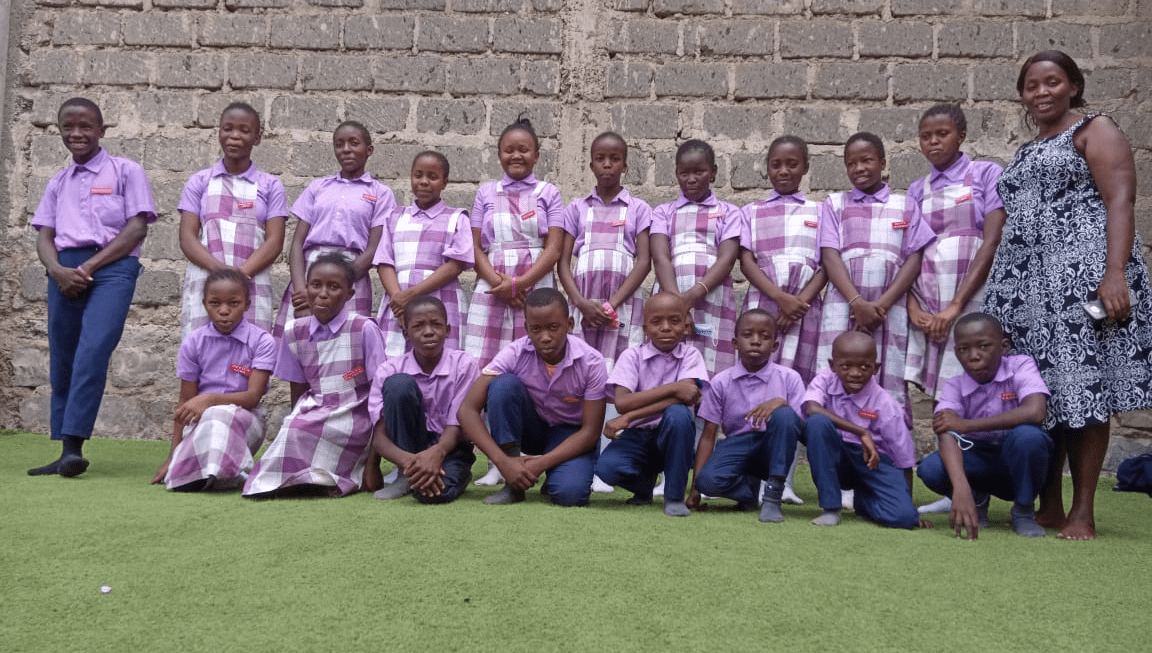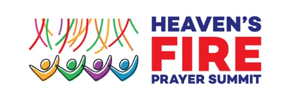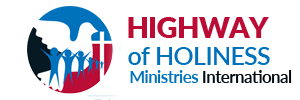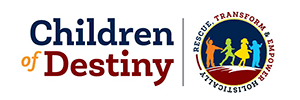In Kenya, approximately 56% of the urban population lives in informal settlements (slums), with around 2.5 million individuals residing in over 200 slum areas in Nairobi. These settlements, which account for 60% of Nairobi’s population while occupying just 6% of the land, are often characterized by a lack of child-friendly spaces, minimal access to basic services, and widespread issues such as substance abuse, child abuse, immorality, and the presence of criminal gangs. Children, especially those between the ages of 2–19, are at the highest risk of exposure to these social vices.
Kayole, one of Nairobi’s many low-income areas, is home to an estimated 700,000 people, most of whom live in dire poverty. Over 60% of the population is unemployed, and many families survive on less than a dollar a day. Our primary focus is on Soweto, an informal settlement within Kayole, where Children of Destiny is based.
The Soweto slum has its origins dating back to 1976 when President Jomo Kenyatta ordered the relocation of people from Embakasi to create space for military barracks. The settlement was planned by the Nairobi City Council and military surveyors, incorporating social amenities such as a market, school, and hospital before the settlers moved in during 1978–1979.
About Children of Destiny
Children of Destiny (C.O.D.) has been operating since 2004 and includes both a primary school and a children’s home, strategically located in the Soweto slum. The center serves as a refuge for vulnerable children and aligns with the parent ministry’s vision, mission, and core values: love, care, excellence, servant leadership, worship, and integrity.
The facilities at Children of Destiny offer children a chance to receive quality education and spiritual nourishment. The center also provides a safe haven for abandoned and displaced children, many of whom were victims of the 2008 post-election violence. This initiative is a beacon of hope for children in the community, offering them a chance for a better future.
Children of Destiny strives to give back to the community by offering nearly free education to the less fortunate. This support is a lifeline for many children who would otherwise have no access to education, enabling them to break the cycle of poverty and achieve their potential.







